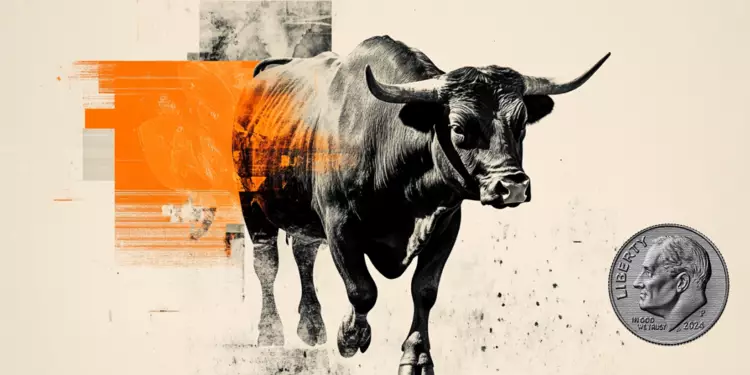The Indian Rupee (INR) has recently exhibited a downturn during Thursday’s trading hours in Asia, reflecting a broader narrative of economic uncertainty and market conditions. Persistent outflows from foreign investors combined with increased demand for the US Dollar (USD) are key factors contributing to this depreciation. Such dynamics indicate a potential tightening of liquidity within the Indian economy, raising concerns among local and international investors alike.
Foreign Institutional Investors (FIIs) have been actively selling off their holdings, significantly impacting the Indian market. The reported outflow of approximately $6.5 billion in January alone marks the highest level of selling since late 2023. Such substantial divestments often trigger a downturn in the local currency, as seen with the INR. This shift is not merely a temporary fluctuation; it signifies caution around the Indian economic outlook and investor sentiment toward emerging market volatility, which raises pressing questions about the sustainability of the current economic growth trajectory.
The increased demand for the USD, particularly from importers, further exacerbates the pressure on the INR. Purchases of foreign goods typically lead to a stronger USD and a weaker INR as importers convert INR to USD. However, there’s a silver lining; declining crude oil prices may serve to cushion the INR’s depreciation, as oil remains a significant import for India, which is the third-largest global consumer. The Reserve Bank of India (RBI) has thus far responded to these pressures through proactive measures such as dollar-rupee swaps aimed at maintaining liquidity and supporting the INR.
Economic forecasts and data releases set for this week add another layer of complexity to the market. Investors are particularly attentive to the imminent release of the US weekly initial Jobless Claims data. This figure could influence global market sentiment and, by extension, the performance of the INR. Additionally, on the horizon is the preliminary reading for the HSBC India Purchasing Managers Index (PMI) set for Friday, which will provide insights into domestic manufacturing activity and economic health.
Looking ahead, the Indian government plans to escalate major subsidies by 8% year-on-year, aiming to bolster financial stability amidst economic challenges. This strategic move is reflective of Finance Minister Nirmala Sitharaman’s upcoming national budget presentation on February 1. Amid hints of a slowing economy, the government’s fiscal policies will play a crucial role in determining how the INR weathers the current storm of financial uncertainties.
On a technical analysis front, the USD/INR currency pair appears to have established a constructive trajectory, forming higher highs and higher lows. The currency pair’s current positioning above the key 100-day Exponential Moving Average (EMA) signals potential stability. Moreover, the 14-day Relative Strength Index (RSI) being above 67 indicates strong bullish momentum, which may help maintain support levels in the near term. The looming resistance at an all-time high of 86.69 suggests that any sustained bullish movement could push the pair toward the psychologically significant level of 87.00.
The Indian Rupee is caught in a complex web of foreign investment dynamics, domestic policy shifts, and global economic pressures. The forthcoming data releases and strategic actions by the RBI will be pivotal in shaping its near-term trajectory.

